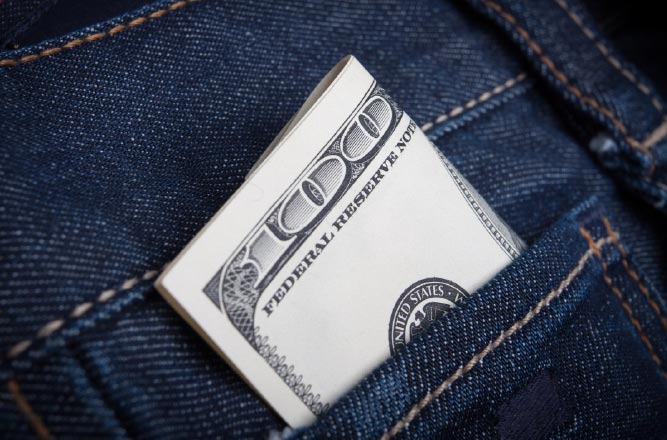Preventing Theft and Embezzlement in Your Veterinary Practice:

Let’s face it, veterinary medicine is hard work! It requires years of school, significant financial investment, and sometimes, sleepless nights to build a business to serve your community, clients, and employees. Unfortunately, when an employee decides to steal from the business, it can feel like a personal betrayal and lead to a loss of trust in the team.
The reality is, as a small business owner, you will likely be a victim of theft at some point in your ownership. According to a 2010 AAHA study, 86 percent of veterinary practices reported theft in the practice. So, what can you do to prevent theft in your practice?
First, let’s identify who is likely to steal from you. Generally, the person is a long-term, trusted employee with some management access to accounts. They frequently refuse to take vacation so they can always be available to “fix” or “cover up” issues that are found. They often feel entitled due to feeling like they are not paid fairly or valued for their performance. They may be struggling with addiction or financial hardships. While we don’t want to create an environment of distrust, we should create environments where staff understand we are aware of the risks of theft and are implementing controls to prevent it.
We should create a division of duties so multiple people are involved in processes that could raise a red flag if inconsistencies are noticed. For example, whoever orders the inventory should not be the same person who receives it and inputs the invoices into the PMS. This can prevent the removal of products for personal use or selling outside the practice.
As the practice owner, you should review monthly bank and credit card statements. While a bookkeeper or manager can reconcile the statements, you must check for unusual or unauthorized transactions. Look for online payments to personal accounts or overpayments where money back is requested. All invoices or statements should be matched with credit card payments.
You should review your monthly PMS revenue reports and verify that they match the monthly amount deposited into the bank. I recommend that daily deposits be performed by someone other than the person who created the deposit and that they be verified against the daily PMS report for accuracy.
Since inventory is one of the easiest ways to steal from your practice, you should verify counts regularly. As a practice owner, you must set the standard by invoicing all items you use in the practice. If you take a bag of food for a personal pet, you need to invoice it in the PMS for tracking and accuracy, so your staff understands the importance.
Adding security cameras where you store inventory, as well as having cameras on money drawers, is always a good idea. The appearance of oversight can deter staff theft.
Review your PMS and limit access to features that allow account adjustments, credits, or voids. An invoice can be voided, and the money associated with the transaction pocketed. As we move to a more card-oriented society, many people think this won’t happen. The reality is that this still occurs as employees can credit the invoice amount to their personal card. Your PMS should be able to create an audit trail that you can review to see negative or voided transactions. This should be checked regularly.
If you have accounts that issue rewards, rebates, or gift cards, like Vetcove, credit cards, and Greenline, ensure the settings only allow owners to request them. More vendors are also switching to gift cards for rebates, so keep an eye on those, too.
Time theft is another area where employees can steal from a practice. The practice owner should review all payroll hours before submission to ensure accuracy.
While this is not a comprehensive list of all the ways staff can embezzle from a veterinary hospital, implementing these safeguards will create a culture where staff are aware of owner oversight and less likely to attempt to steal.
Written by Amy Deshotel



